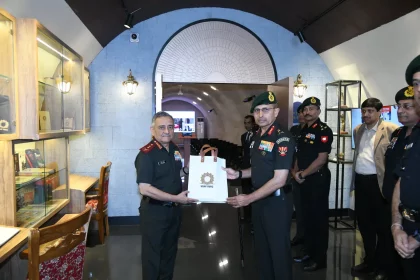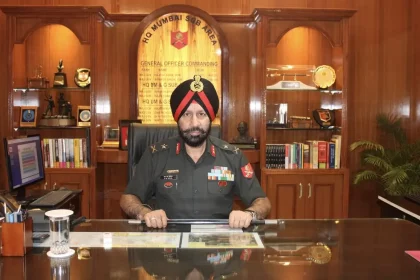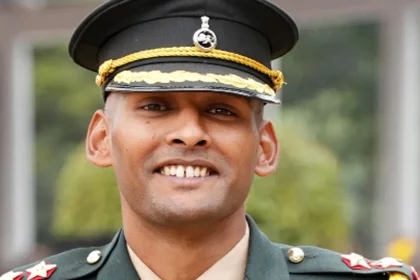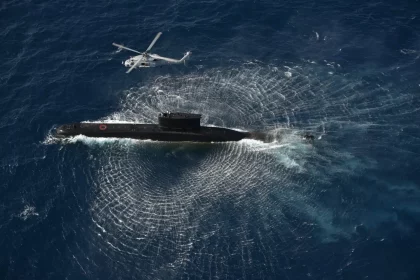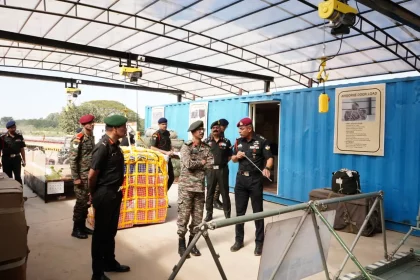CDS General Anil Chauhan Inaugurates Renovated Eastern Command Museum at Vijay Durg, Kolkata
Five Themed Galleries Showcase Eastern Command’s Legacy, Operations and Sacrifices.
Major General Navtej Singh Sohal Assumes Command of HQ Uttar Maharashtra & Gujarat Sub Area
Seasoned Artillery Officer with Over Three Decades of Service Takes Over Key Army Formation.
Meet Amit Kandpal: Son of Army Subedar Major Commissioned as Lieutenant at IMA POP
From Army Family to Officer Rank: Amit Kandpal Earns His Stars at IMA Passing Out Parade.
Meet Ayush Pathak: Fiancée Is an Indian Army Captain, He Is Now a Lieutenant After Passing Out from IMA
Fiancée Already an Army Captain, Mathura Youth Commissioned as Lieutenant After Passing Out from IMA.
Indian Navy to Commission INAS 335 ‘Ospreys’ on December 17 at INS Hansa
Induction of advanced MH-60R Seahawk helicopters strengthens Indian Navy’s maritime combat and surveillance capabilities.
Lt Gen VMB Krishnan Visits ASC Centre & College, Reviews Infrastructure and Technology Upgrades
QMG Reviews Modernisation Initiatives, Praises Technology Integration and Agniveer-Focused Infrastructure Upgrades.

